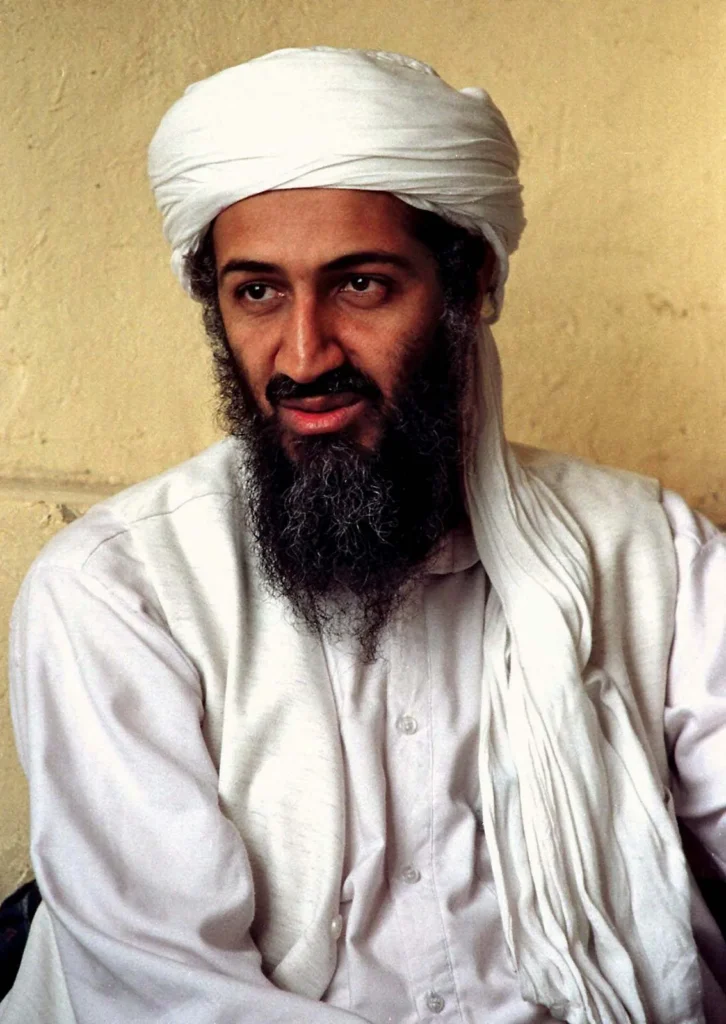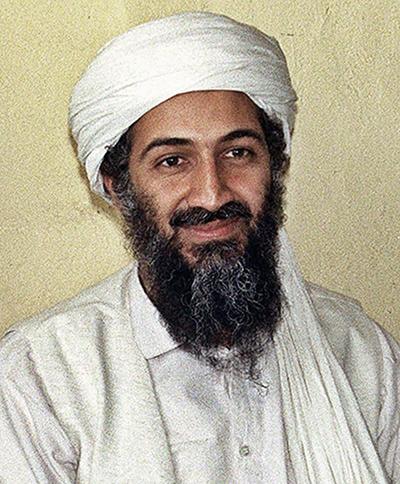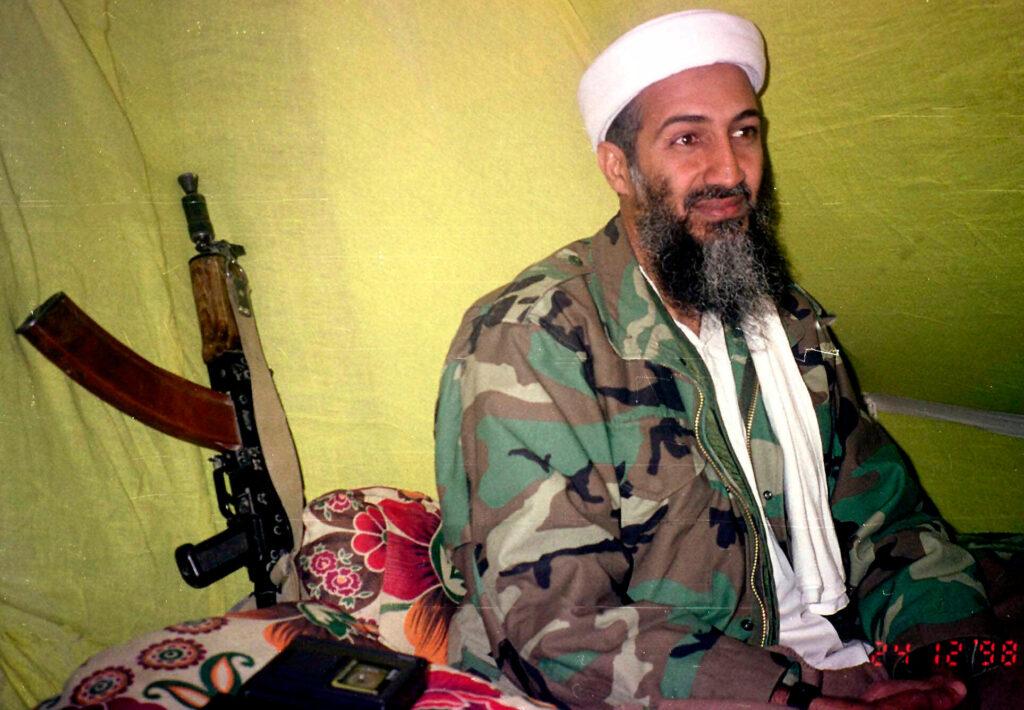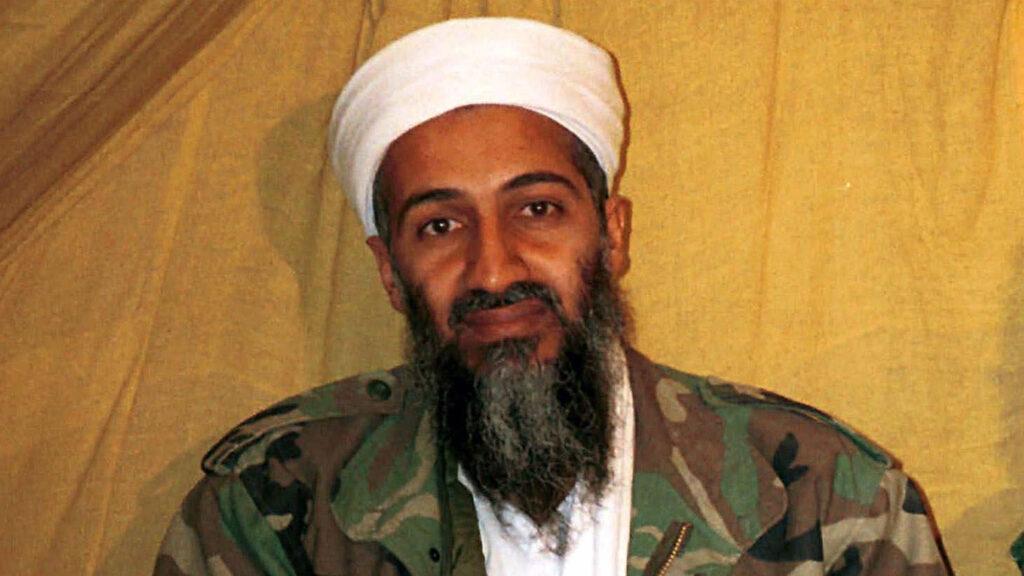Osama Bin Laden Ethnicity, Wife, Education, Son, Casio Watch, Documentary
Osama Bin Laden Ethnicity, Wife, Education, Son, Casio Watch, Documentary – Osama bin Laden, whose full name was Osama bin Mohammed bin Awad bin Laden, was a prominent figure in the world of international terrorism. Born on March 10, 1957, in Riyadh, Saudi Arabia, he became known as the founder and first general emir of al-Qaeda, a notorious terrorist organization that gained worldwide notoriety. This article explores his life, early years, education, militant and political career, as well as the impact he had on the world.

Osama Bin Laden Early Life and Education
Osama bin Laden was born into a wealthy and influential family in Saudi Arabia. His father, Mohammed bin Awad bin Laden, was a billionaire construction magnate with close ties to the Saudi royal family. His mother, Hamida al-Attas, was his father’s tenth wife. Despite his affluent background, Osama’s early life was marked by some family challenges, including his parents’ divorce shortly after his birth. After the divorce, his mother remarried Mohammed al-Attas, an associate of Osama’s father.
Growing up as a devout Sunni Muslim, Osama attended the Al-Thager Model School from 1968 to 1976. Later, he pursued higher education at King Abdulaziz University, where he studied economics and business administration. Some reports suggest that he earned a degree in civil engineering in 1979 or a degree in public administration in 1981. Additionally, he attended an English-language course in Oxford, England, in 1971. His interests varied, from religion and charitable work to writing poetry, reading, and even playing association football.
Osama Bin Laden Militant and Political Career
After completing his education, Osama bin Laden embarked on a path that would eventually lead him to become one of the world’s most notorious terrorists. In 1979, he went to Pakistan and joined the Afghan mujahideen in their fight against the Soviet Union. He was deeply moved by what he perceived as an injustice against the Afghan people.
During the Soviet-Afghan War, the United States, along with Saudi Arabia and China, provided substantial financial aid and weapons to support the mujahideen, who were fighting against the Soviet forces. Bin Laden used both his own construction company’s resources and personal wealth to assist the mujahideen in their efforts. While he did not directly receive funding or training from the United States during this period, he did build relationships with influential figures in Pakistan, such as General Hamid Gul, who was a key figure in Pakistan’s Inter-Services Intelligence (ISI) agency.

In 1984, Osama bin Laden, along with Abdullah Azzam, co-founded Maktab al-Khidamat, a charitable organization. This organization played a critical role in recruiting foreign mujahideen from around the world to join the fight against the Soviet-backed Democratic Republic of Afghanistan. Bin Laden’s family fortune funded various aspects of this operation, including air tickets, accommodations, and paperwork with Pakistani authorities for the mujahideen fighters.
Bin Laden also established training camps in Pakistan’s Khyber Pakhtunkhwa region and trained volunteers from different parts of the Muslim world. These volunteers were prepared to fight against the Soviet forces in Afghanistan. Bin Laden’s influence grew, and he even participated in combat activities against the Soviets, such as the Battle of Jaji in 1987. Despite its limited strategic significance, this battle received extensive coverage in the Arab press, further elevating bin Laden’s status among Arabs.
Rise of Al-Qaeda
In 1988, Osama bin Laden founded al-Qaeda, which means “the base” in Arabic. This marked the beginning of a new phase in his militant career. Al-Qaeda was not just focused on the Afghan conflict but aimed to establish a global jihadist movement. Bin Laden declared two fatwas in 1996 and 1998, both calling for holy war against the United States.
One of the pivotal moments in bin Laden’s career was the Gulf War of 1990-1991. During this conflict, bin Laden offered support to Saudi Arabia against Iraq, but his offer was rejected by the Saudi royal family, who instead sought assistance from the United States. This event deepened bin Laden’s resentment toward the United States and its presence in the Arabian Peninsula.

As a result of his anti-American and pan-Islamist views, bin Laden was expelled from Saudi Arabia in 1992. He then moved his headquarters to Sudan, where he continued to plan and coordinate militant activities. In 1996, he relocated to Afghanistan, where he received support from the Taliban regime.
Terrorist Activities and 9/11 Attacks
Osama bin Laden’s involvement in terrorist activities continued to escalate. He orchestrated several attacks against American interests, including the 1998 United States embassy bombings in East Africa. These attacks led to the United States placing him on the FBI’s Most Wanted Terrorists and Most Wanted Fugitives lists.
However, bin Laden’s most infamous act was masterminding the September 11, 2001, terrorist attacks on the United States. These attacks, commonly known as 9/11, targeted the World Trade Center in New York City and the Pentagon in Washington, D.C., resulting in the deaths of nearly 3,000 people. The devastating consequences of 9/11 led the United States to launch the War on Terror and invade Afghanistan.
Manhunt and Demise
Following the 9/11 attacks, Osama bin Laden became the subject of an extensive international manhunt. He managed to evade capture for nearly a decade, hiding in various mountainous regions of Afghanistan and eventually finding refuge in Pakistan. His ability to evade capture for so long was a source of frustration and concern for governments worldwide.
On May 2, 2011, Osama bin Laden’s life came to an end. U.S. special operations forces located and killed him in a compound in Abbottabad, Pakistan. His death marked a significant milestone in the global fight against terrorism. Bin Laden’s body was buried at sea, and he was officially succeeded by his deputy, Ayman al-Zawahiri, on June 16, 2011.

Osama Bin Laden Legacy and Controversy
Osama bin Laden’s life and actions left a lasting impact on the world. While some saw him as a war hero for his role in opposing the Soviet occupation of Afghanistan, others viewed him as a divisive figure due to his advocacy for attacking civilian targets. His leadership of al-Qaeda and the 9/11 attacks resulted in widespread condemnation and the loss of innocent lives.
Bin Laden’s ability to mobilize support and resources for his cause demonstrated his organizational skills and charismatic influence. He became an influential ideologue in the Islamic world, providing a voice to those who harbored grievances against Western imperialism. However, his actions also made him a symbol of mass murder and terrorism in the eyes of many in the Western world.
Conclusion
In conclusion, Osama bin Laden’s life was marked by a journey from privilege to infamy. His role as the founder of al-Qaeda and mastermind of the 9/11 attacks will forever be etched in history. While he garnered support and admiration in some quarters, he also sowed fear and destruction on a global scale. Osama bin Laden’s legacy remains a complex and controversial chapter in the ongoing struggle against terrorism.
When was Osama bin Laden killed?
Osama bin Laden, the person who started the group called al-Qaeda, was killed on May 2, 2011. He was shot and killed by United States Navy SEALs from SEAL Team Six in a place called Abbottabad in Pakistan.
How many people died in the Pentagon on 9/11?
On September 11, 2001, when the terrible attacks happened, 2,996 people lost their lives. This includes 2,977 people who were victims and 19 hijackers who did bad things and also died.
What was the fourth hijacked plane on 9/11?
On the sad day of the 9/11 attacks, there were four airplanes that got taken over by terrorists. The fourth plane was called United Airlines Flight 93.
How many firefighters died on 9/11?
The 9/11 attacks in 2001 were very tragic, and they caused the deaths of 2,996 people. Among these people were 2,977 victims, and some of them were brave firefighters who lost their lives trying to save others.
What group did Osama bin Laden lead?
Osama bin Laden was the leader of a group called al-Qaeda. This group was involved in many terrorist attacks against the United States and other places.
Read More Bio








